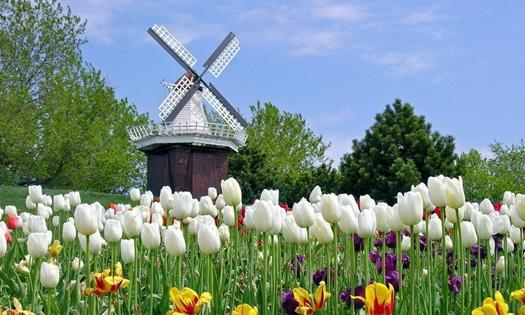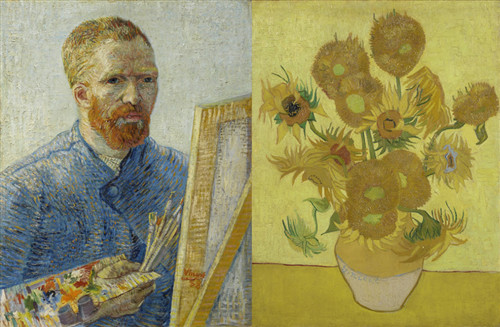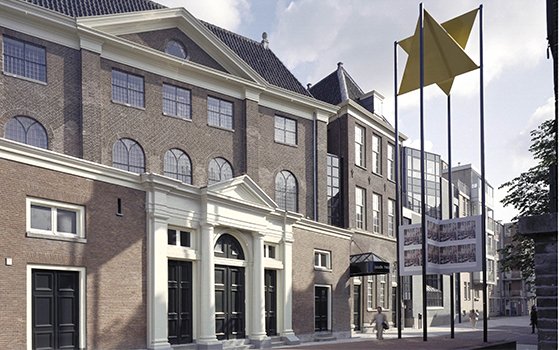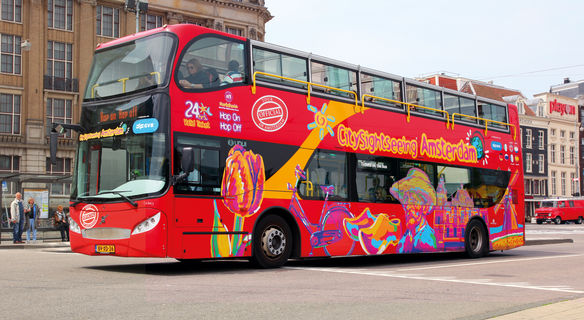Comprehensive Travel Guide: Frankfurt - Cologne - Amsterdam - Giethoorn - Zaanse Schans - Keukenhof - Rotterdam

Comprehensive Travel Guide: Frankfurt - Cologne - Amsterdam - Giethoorn - Zaanse Schans - Keukenhof - Rotterdam
Introduction
This guide details a classic circular itinerary starting and ending in Frankfurt, Germany, and exploring the vibrant urban centers and iconic countryside of the western Netherlands. The journey combines the rich history and cathedral city of Cologne with the artistic masterpieces and canals of Amsterdam, the serene beauty of the Dutch wetlands in Giethoorn, the industrial heritage of the windmills at Zaanse Schans, the breathtaking floral displays of Keukenhof Gardens, and the modern architectural marvels of Rotterdam. This route is designed to offer a deep and varied experience of the region's culture, history, and natural beauty.
Trip Overview
1. Frankfurt, Germany
Frankfurt am Main is Germany's financial hub and a major transportation gateway. While often a transit point, it boasts a compelling mix of soaring skyscrapers and a reconstructed medieval old town.
Key Attractions
Practical Information
2. Cologne (Köln), Germany
A short train ride from Frankfurt, Cologne is famed for its majestic cathedral, Roman history, and vibrant cultural scene. It's the first major stop on the journey into the Rhineland.
Key Attractions
Practical Information
3. Amsterdam, Netherlands
The vibrant capital of the Netherlands is a city of picturesque canals, world-class museums, historic houses, and a unique, tolerant atmosphere. It will be your base for exploring several other Dutch destinations.
Key Attractions
Practical Information
4. Giethoorn
Often called the "Venice of the North," Giethoorn is a tranquil village in the province of Overijssel, characterized by its complete lack of roads in the old center. Transport is primarily by whisper-quiet electric boats, canoes, or on foot via over 170 small wooden bridges.
Key Attractions
Practical Information
5. Zaanse Schans
A living museum village on the banks of the River Zaan, Zaanse Schans is an open-air attraction that showcases traditional Dutch life from the 18th and 19th centuries. It features well-preserved windmills, green wooden houses, warehouses, and workshops.


